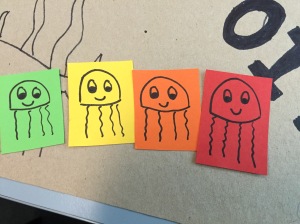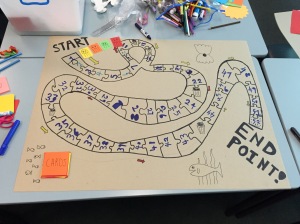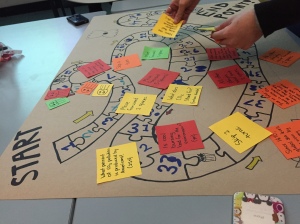My personal learning has been heavily impacted by the use of technology through both secondary and tertiary education.
Firstly, in the classroom, my learning has been informed particularly through physical technologies such as computers, smart phones and tablets. University portals such as BlackBoard LMS, online databases and PDF textbooks are made specifically for use on technological devices, making access to resources effortless and convenient.
Secondly, outside the classroom (Gamfi.cat, 2013), social media has influenced my personal learning. Whilst large social networking sites such as Twitter and Facebook are generally for social use, smaller sites, such as Flickr and TripAdvisor, have allowed me to ‘tap into’ smaller affinity spaces and engage in learning outside the classroom. Having these online “niche social communities” (Boyd and Ellison, 2007) allows for connectedness and expanded learning through forms such as feedback.
Finally, the Internet is an incredible source for information, responsible for global interconnectivity (Black,2009); whether that be through blogs, web pages, news sites or affinity spaces, the use of internet has definitely impacted on my ability to learn. In today’s day and age, the Internet is the common source for all knowledge, and in reality none of the above technologies would be possible without the presence of the internet.
References:
Black, R. W. (2009). English language learners, fan communities, and 21st-centuries skills. Journal of Adolescent & Adult Literacy, 52(8), 688–697. Access http://opac.library.usyd.edu.au/search~S4?/redgu1002/redgu1002/1,1,1,B/frameset~4977953&FF=redgu1002&1,1,
Boyd, D., & Ellison, N. (2007). Social network sites: Definition, history and scholarship. Journal of Computer-Mediated Communication, 13(1), 210–230. Access http://opac.library.usyd.edu.au/search~S4?/redgu1002/redgu1002/1,1,1,B/frameset~4977938&FF=redgu1002&1,1,
Gamifi.cat (Nov 18, 2013). 6 2 Technology Inside versus Outside of Classrooms Rich Halverson. Retrieved from https://www.youtube.com/watch?v=r2LnT6v0lrQ



